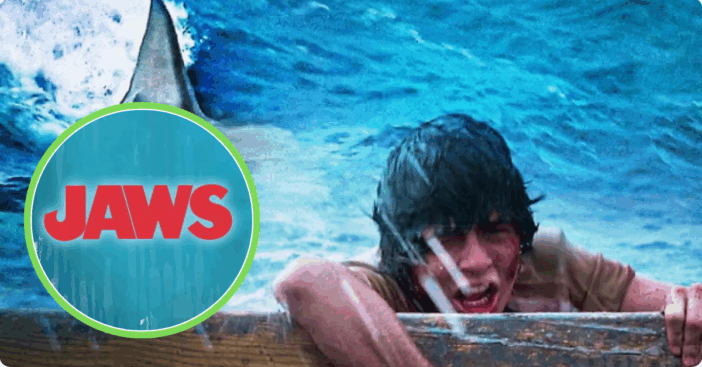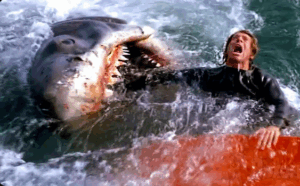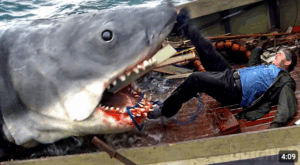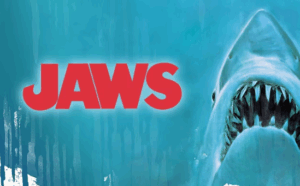
When Jaws slammed into theaters in 1975, its jaws box office felt underwhelming. Opening on roughly 400 screens, it earned around $7 million its first weekend—respectable, but nothing like a cinematic tidal wave. Production problems didn’t help: the robotic shark dubbed “Bruce” frequently malfunctioned, forcing Spielberg to lean on suspense and the iconic John Williams score instead of scare tactics.
That creative pivot proved wise. Through smart TV spots and word-of-mouth buzz, the film pulled itself out of its rocky opening and turned into a runaway hit, eventually redefining how studios approach box office releases.
Jaws Makes Magic At The Box Office – But It Takes Some Time

Spielberg later said Bruce’s unreliability was a “blessing in disguise”—it led to tension-filled POV shots and tight suspense over flashy visual effects. One unplanned moment—the USS Indianapolis monologue by Robert Shaw—added unexpected emotional depth, transforming a thriller into something far more profound.
On-location shots off Martha’s Vineyard in cold, fog-laden waters added gritty realism. Extras earned generic rates—some as low as $2.50/hour—while cast and crew endured tough conditions. These choices, unglamorous as they were, grounded Jaws in an authenticity that audiences felt.
The Unstoppable Surge Of Jaws At The Box Office

Soon enough, Jaws rose to the top. It dominated U.S. box offices for 14 weeks, earning around $123 million domestically, becoming the original summer blockbuster and spawning a Hollywood-wide shift toward wide, TV-ad-supported releases.

Its impact echoes in pop culture and nostalgia: behind-the-scenes nuggets reliving the enduring terror of its theme in “Why The ‘Jaws’ Theme Music Still Terrifies Us…,” and the legacy of its cast seen in “Jaws’ Cast Then And Now 2024” and “Whatever Happened To Robert Shaw…”.
